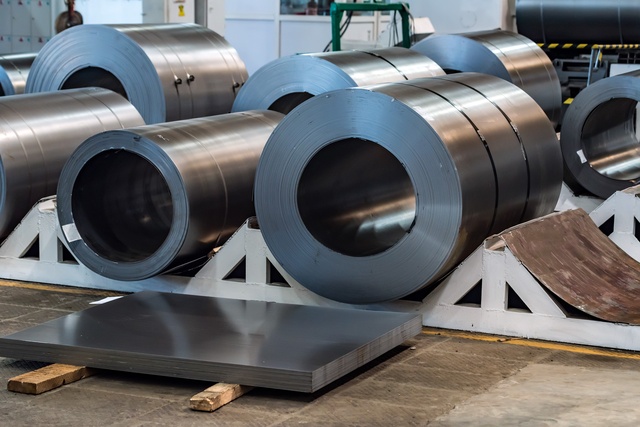In the world of industrial engineering, nothing stands still—not even steel. Massive coils shift from storage to slitting. Pipes glide down conveyor lines, twisting through stations that weld, cut, and shape them. Each motion matters. Each delay costs. And each mistake? Potentially catastrophic.
Yet, the truth is: many manufacturers still rely on manual logs or barcode scans to track these movements—systems that can’t keep pace with the demands of modern production. That’s where AI-driven tracking steps in—not as a replacement for human expertise, but as a force multiplier.
🏭 The Heavyweights of Manufacturing Need Heavyweight Tracking
Steel coils and industrial pipes aren’t tiny widgets—they’re large, high-value assets that often pass through dozens of production stages. From heating furnaces to rolling mills and final inspection zones, a single misrouted coil can cause costly delays or even ruin a full batch.
Imagine a smart system that sees every coil as it enters the line, follows it as it moves, and logs every interaction in real time—without requiring a human to intervene or scan. That’s the power of AI-powered object tracking in heavy manufacturing.
🔄 From Raw Material to Finished Product: The Need for Continuous Awareness
Traditional tracking methods break the chain of visibility. A label falls off. A scanner misses a code. A machine operator guesses the last location. But with AI integrated into vision systems, the material flow becomes fully traceable—even when identifiers aren’t visible.
The system doesn't just “see”—it understands. It learns the behavior of a typical pipe, recognizes when something moves abnormally, and even predicts issues like improper alignment or unexpected stops in the flow.
🚦 Improving Flow Without Stopping the Line
For industries working with large or heavy products, stopping the line isn’t just inefficient—it’s dangerous. With real-time tracking and intelligent alerts, factories can reduce downtime by identifying jams, misroutes, or stacking errors before they escalate.
Better yet, the tracking data isn’t just reactive—it’s proactive. It can be tied into MES or ERP systems to trigger scheduling adjustments, alert supervisors, or even update digital twins for better planning.
🧱 Building a Smarter Factory from the Ground Up
The integration of AI into steel and coil tracking isn’t just a tech upgrade—it’s a foundation for smart manufacturing. With edge processing, insights are generated locally, where decisions need to be made fast. With cloud integration, data becomes a strategic asset, not just a digital paper trail.
And as factories move toward autonomous systems, the ability to “see” and “understand” each piece of metal in motion becomes the bedrock for automation—from robotic cranes that know what to pick, to quality systems that know what to flag.
🔧 Final Thought: Steel Deserves Smarter Eyes
You wouldn't navigate a highway blindfolded. So why track steel in the dark? AI gives manufacturers eyes that never blink, data that tells a story, and systems that respond in real time. In a world where milliseconds matter, smart tracking might just be the sharpest tool in your industrial toolbox.

